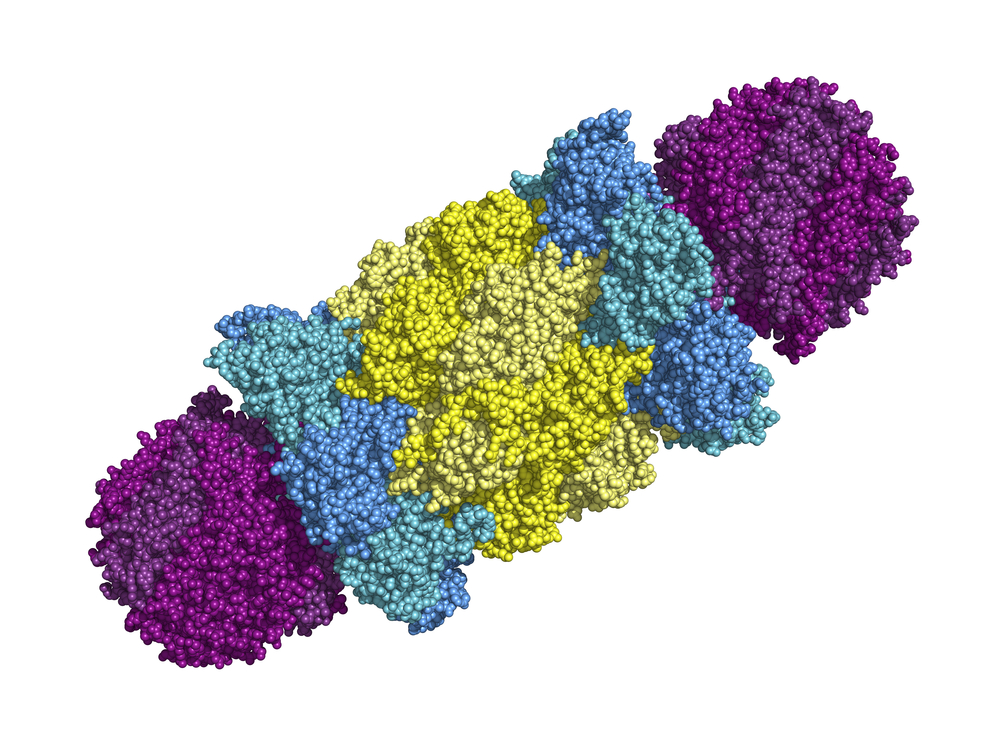New Method May Shed Light on How UBE3A Mutations Cause Angelman Syndrome
Written by |

Researchers have developed a method to study the enzymes involved in the disposal of proteins that are faulty or no longer needed by cells.
The research will help scientists investigate the mechanism of diseases where the disposal system is functioning badly, such as it does in Angelman syndrome, which may help them design new therapies.
The study, “Identifying the ubiquitination targets of E6AP by orthogonal ubiquitin transfer,” was published in the journal Nature Communications.
Cells target damaged or unneeded proteins for destruction by flagging them with ubiquitin marks. The process is mediated by three classes of enzymes – called E1, E2 and E3.
Mammalian cells carry a limited number of E1 and E2 enzymes, but the E3 class has hundreds of members, suggesting a potential specificity of these enzymes where each has its own unique target.
While defects in ubiquitination are found in several diseases, researchers lacked methods to track these enzymes and the proteins they target.
“The relationship between E3 enzymes and the target protein is like a lock and a key,” study co-lead author Hiroaki Kiyokawa, MD, PhD, said in a press release. Kiyokawa is professor of pharmacology and pathology at Northwestern Medicine in Illinois.
The newly developed method, called orthogonal ubiquitin transfer (OUT), was designed to identify the targets of the E3 enzyme, ubiquitin-protein ligase E3A (UBE3A). Mutations in this enzyme are known to cause autism-like disorders, and its complete loss is linked with Angelman’s.
In the study, Northwestern researchers and colleagues at Georgia State University engineered an artificial ubiquitin pathway and a special UBE3A protein carrying a tag.
After introducing both into cells, they looked for proteins that eventually became tagged – identifying the targets of UBE3A.
“This study is just a showcase of the technology, but we believe we can apply this to many of the 600 E3 proteins without too much hassle,” said Kiyokawa. “Quite a few E3 enzymes are known to be overexpressed or mutated in neuronal diseases, so there’s a large pool of research opportunities.”
UBE3A is a key regulator of neuron development, and mutations that impair its activity underlie the majority of Angelman syndrome cases. “We still don’t know why [UBE3A] needs to be mutated to show symptoms of Angelman syndrome, but investigation into specific targets may teach us more about the pathophysiological mechanisms of autistic disease,” Kiyokawa explained.
Overall, “our work establishes OUT as an efficient platform to profile E3 substrates and reveal the cellular circuits mediated by the E3 enzymes,” the study concluded.





